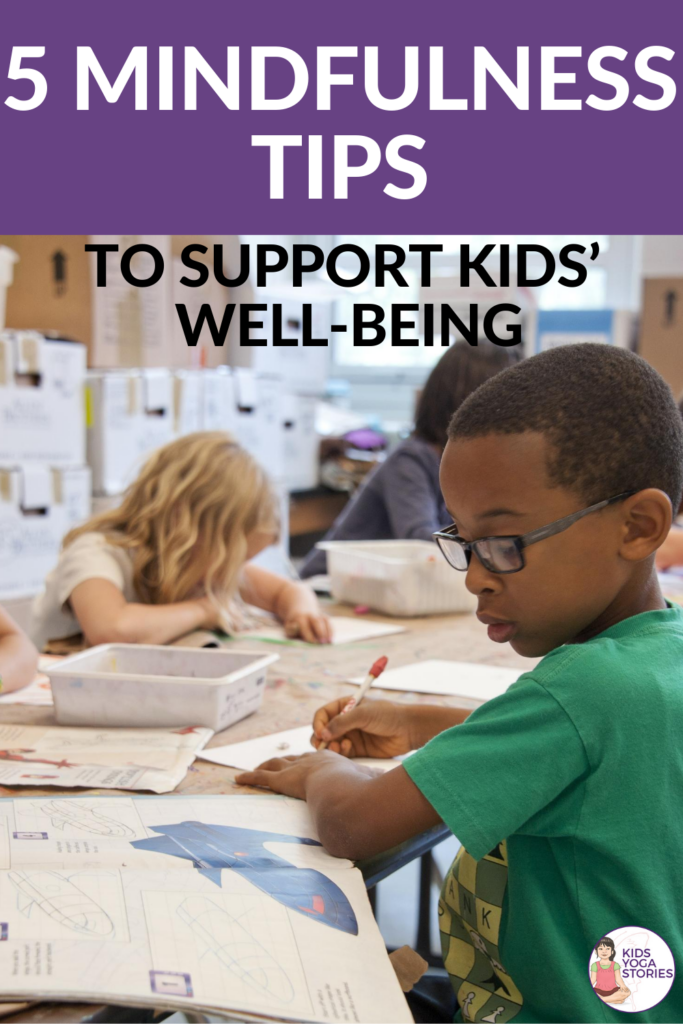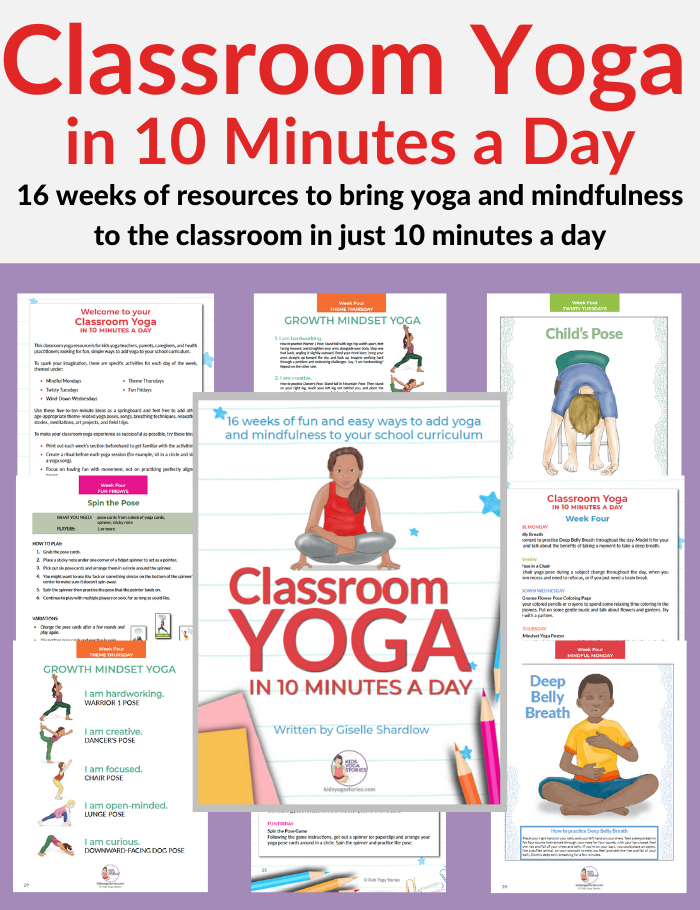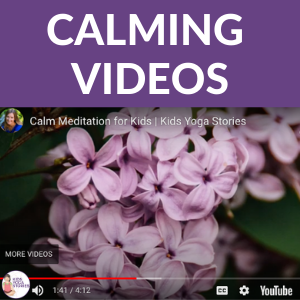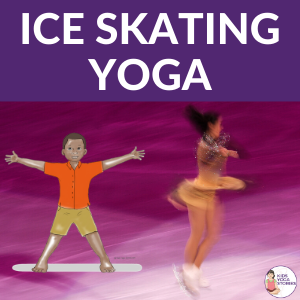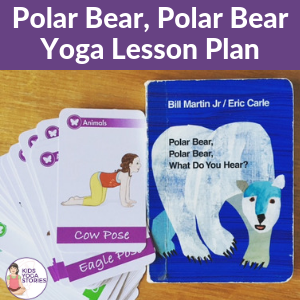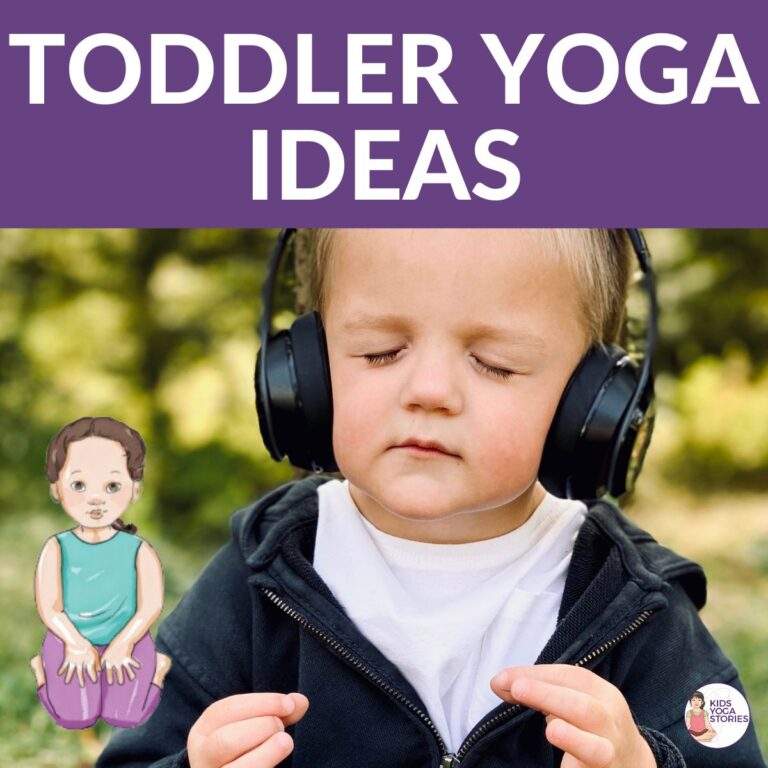5 Mindfulness Tips to Support Kids’ Well-Being
As the school year gets underway, we continue to hear from our community that children’s social-emotional well-being is everyone’s TOP concern with mindfulness tips for kids.
To get you started, we would love to share some super-powerful and simple tips to help everyone out this school year.
Below we have included 5 daily mindfulness and yoga tips that will help you and your children manage the ups and downs, challenges, and changes that are happening right now in your lives.
We’ve found the simplest techniques are often the most powerful. People often dismiss them with the “Yeah yeah, I’ve heard this all before.” But have you really practiced it and practiced it consistently?
Each tip introduces ONE simple concept that you can implement today and every day.
Our hope is that you take these techniques into this school year to help you and your children stay calm, focus, and manage all the feelings that arise during these chaotic times and beyond.
Tip #1 | 2 MINUTES OF SILENCE
Our lives are infinitely noisy. Starting the school day with 2 minutes of silence is a great way to bring focus and calm to your classroom or distance learning space.
- Ask your students to settle in by placing their hands on their lap and closing their eyes.
- Start by using a chime or soothing bell, or simply just begin.
- Set a timer for two minutes.
- Finish up by using a chime or your voice to bring their attention back to the moment.
My daughter’s second grade teacher used to put on calming music after recess and dim the lights. The children knew to come in quietly and sit down for two minutes of silence.
There will no doubt be giggles and wiggles when you first start this exercise. That’s natural! But over time, they’ll settle into this practice and be able to reset themselves within those allotted two minutes.
Benefits: Taking a few minutes to sit quietly is a great way for kids to slow down their busy minds and bodies and to more easily focus on the tasks ahead of them. It also allows you a moment to set an intention and reflect on how you want to see the session/day unfold.
Tip #2 | BREATH
We are not taught to breathe appropriately and effectively. As we get anxious, stressed, or frustrated, we often either hold our breath or shorten the length of our breath. This keeps our brains and bodies from oxygenating properly.
Today, we’re sharing a simple exercise you can introduce to children each and every day. You can easily introduce this during transition times, to begin or end your day, or during break times.
- Ask your students to settle in by placing their left hand on their chest, then their right hand atop the left. Guide them to gently close their eyes.
- Direct them to take a deep breath in through their nose for four counts, then exhale through their nose for four counts, with their lips closed. Guide them to feel the rise and fall of their chest and belly.
- Do a few rounds of breathing until you feel they’re ready to begin their next task or activity.
➕ Benefits: Studies have shown that breathing practices can help reduce symptoms associated with anxiety, insomnia, depression, PTSD, and attention deficit disorder. It elevates the mood and promotes calm and relaxation.
Tip #3 | SHOULDER-ROLL+TWIST
Our posture can suffer when we’re sitting all day or hunched over in front of a computer screen. As we know kids will be doing a lot more screen time this year on top of it.
Shoulder roll and twist is a great way to reset your posture, reduce tension, and restore focus on the task ahead.
- While sitting (or standing if you’d prefer), ask your children to shrug their shoulders up to their ears while taking in a long, slow, deep breath.
- Release shoulders while breathing out.
- Then ask them to twist their whole upper body to the left while looking over their left shoulder then twist their whole upper body to the right while looking over their right shoulder.
- Repeat a few times.
➕ Benefits: Improving posture increases energy levels, increases lung capacity, improves circulation and digestion, and decreases tension and stress. Crossing the midline exercises promote the coordination and communication of the left and right hemispheres of the brain, therefore improving brain communication and fine motor skills.
Tip #4 | MINDFUL LISTENING
Have you ever found yourself talking to someone and it’s super clear they’re not listening AT ALL to you? Listening is a skill, and due to the myriad distractions and devices these days, it is one that is seriously being lost!
Listening isn’t just about being an active listener when someone else is talking. It is also listening to the environment around you and listening to your inner voice. Today, we’re taking a moment to listen in!
Mindful listening is one way to practice good listening skills while practicing the art of being in the moment (mindfulness).
- Ask your children to close their eyes and listen for the sounds around them.
- Ask them to listen for two faraway sounds, two nearby sounds, then two sounds right beside or inside them. They don’t need to answer out loud; just have them notice the sounds in their minds.
- After a minute or two, ask them to slowly open their eyes and take a nice long inhale and exhale.
➕ Benefit: Research has shown that mindfulness is beneficial in reducing the symptoms of subclinical depression and anxiety and can substantially reduce stress while improving focused attention and concentration.
Tip #5 | BIG BREATH BEFORE
When it comes to supporting our children’s well-being, it starts with the grownups in their lives. Often, we forget that our own emotional state and reactions to the world are being mirrored by the little ones in our lives.
If we can each reel in our own emotions and better manage the ups and downs that come with life (especially right now when things are crazy cuckoo), we can better model and work with our children to manage the feelings that come up for them.
We know we talk a lot about BREATH here at Kids Yoga Stories, but it’s because we find we all need to be constantly reminded just how powerful it is to pause and breathe throughout the day—especially when tensions and anxiety are high.
So to conclude our five days of tips to support the well-being of children this school year (and frankly, way beyond!)… we wrap up with reminding YOU to breathe!
- Lift shoulders up to your ears then roll them back and down. Sit up straight.
- Close your eyes.
- Take a deep, prolonged inhale and a slow exaggerated exhale.
- Repeat the breath as needed.
- You can repeat a mantra, such as “I’ve got this.”
- (Optional). If you invoke a pause breath due to a situation, you can later ask yourself “What triggered me? How can I better respond next time rather than my usual reaction?” This will enable you to build on your self-awareness.
When to use this exercise:
- Before you start your work day. You can additionally set an intention for yourself and your class.
- Before you present material to the class.
- Before engaging students or parents.
- Before responding to a tense email.
- At the end of the day while reflecting on what went right and what you’d like to do differently tomorrow.
As we mentioned, simple isn’t always easy, and taking the time to breathe takes consistent practice. Be kind to yourself and keep at it. You’ll definitely see the difference it makes in your life and the lives of those around you.
If you’re ready to explore even more mindfulness and yoga exercises on a regular basis this school year and to do so in just 10 minutes a day…
Then we invite you to check out… Classroom Yoga in 10 Minutes a Day!
Check Out Classroom Yoga in 10 Minutes a Day
This digital yoga and mindfulness workbook is a wonderful resource to easily integrate these much-needed practices into your classroom – whether it’s in-person, virtually, or a hybrid of both. And, to do so within just 10 minutes a day!
The ready-to-use workbook contain everything you need to do yoga in just 10 minutes a day for 16 weeks of the school year. It’s super easy to use. Just download, print, and play! And if you’re teaching virtually, you can easily share it online with your students and families!
“I used week 1 postures with my p1 class (age 5) this afternoon & they were fab, they loved it. Thank you for such a well planned resource, everything in the one place. ” – Annie S
Instantly download Classroom Yoga in 10 Minutes a Day here
PIN IT FOR LATER
